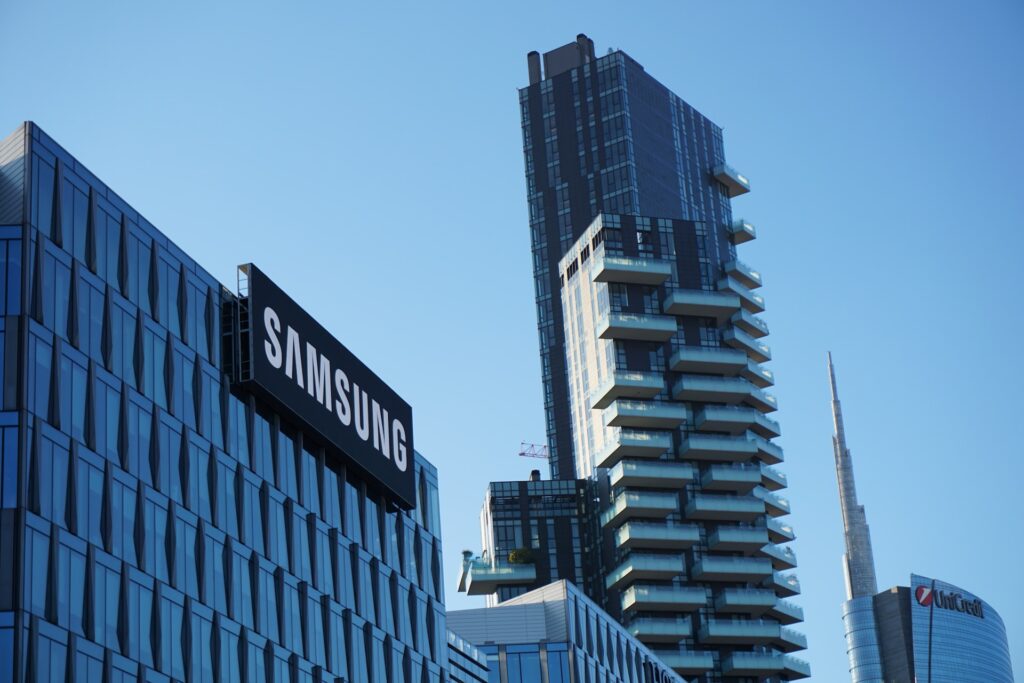Smartphones have become indispensable in our daily lives, functioning as communication tools, entertainment centres, and productivity aids. However, concerns about the potential health effects of radiation from these devices persist. According to fininterest.com, Xiaomi and Samsung models emitted the highest radiation levels in 2024.
Financial analyst Nellius Mukuhi from Fininterest commented on this issue:
The growing pains of technology include radiation emission, which is solely contributed by the electromagnetic frequencies produced. The materials and technology used to make these phones affect the frequencies produced, hence calling onto tech companies to make considerable design choices to lower the risks associated with excessive radiation exposure.
Nellius Mukuhi, Fininterest Financial analyst
Smartphone Radiation in 2024
As technology evolves, smartphone radiation has increased, akin to the rising carbon footprint. Significant advancements in technology bring associated radiation issues, with popular brands like Xiaomi and Samsung being the most affected. Xiaomi, in particular, has several models contributing significantly to this concern.
The Xiaomi Mi A1 has particularly high radiation levels, with a Specific Absorption Rate (SAR) of 1.75 W/kg for the ear and 0.76 W/kg for the body. The Xiaomi Mi Max 3 series also has high levels, with a SAR of 1.58 W/kg for the ear and 1.42 W/kg for the body. Its 5G model shows similar SAR levels for the ear and slightly higher for the body at 1.56 W/kg.
Similarly, the Samsung A23 5G series raises significant concerns with SAR levels close to 1.5 W/kg for both the ear and the body. The popular Galaxy Z Fold 4 also has high radiation levels, with a SAR of 1.30 W/kg for the ear and 1.51 W/kg for the body. The Galaxy Z Fold 5 follows with a SAR of 1.24 W/kg for the ear.

Lower Radiation Alternatives from Google and Apple
Devices like the Google Pixel 3a and 4a and Apple’s iPhone 7 series show lower radiation levels, ranging from approximately 1.36 W/kg to 1.39 W/kg for the ear. This indicates the challenge major tech companies face in maintaining lower radiation levels. The Oppo Reno 5G (CHP1921) also has notably high radiation levels, with a SAR of 1.36 W/kg for the ear.
While Xiaomi and Samsung dominate in radiation emission, several models from these brands contribute significantly less to overall radiation levels. These include the Samsung Note 10 series, A55, and A35 series, and the Xiaomi Redmi 5A and Note 7 Pro, all with negligible SAR readings for the ear.
Future Expectations for Smartphone Radiation
Earlier mobile technologies like 2G, 3G, and 4G emit radiation in the 0.7-2.7 GHz frequency range. However, the introduction of 5G is set to use a much broader spectrum, up to 80 GHz. This significant increase in frequency raises concerns about potentially higher radiation emissions from 5G-enabled smartphones unless proper precautions are taken.
The high radiation levels from Xiaomi and Samsung smartphones in 2024 highlight the complexities of technological progress. As consumers, it is essential to stay informed and make discerning choices about our devices to balance convenience and safety.


